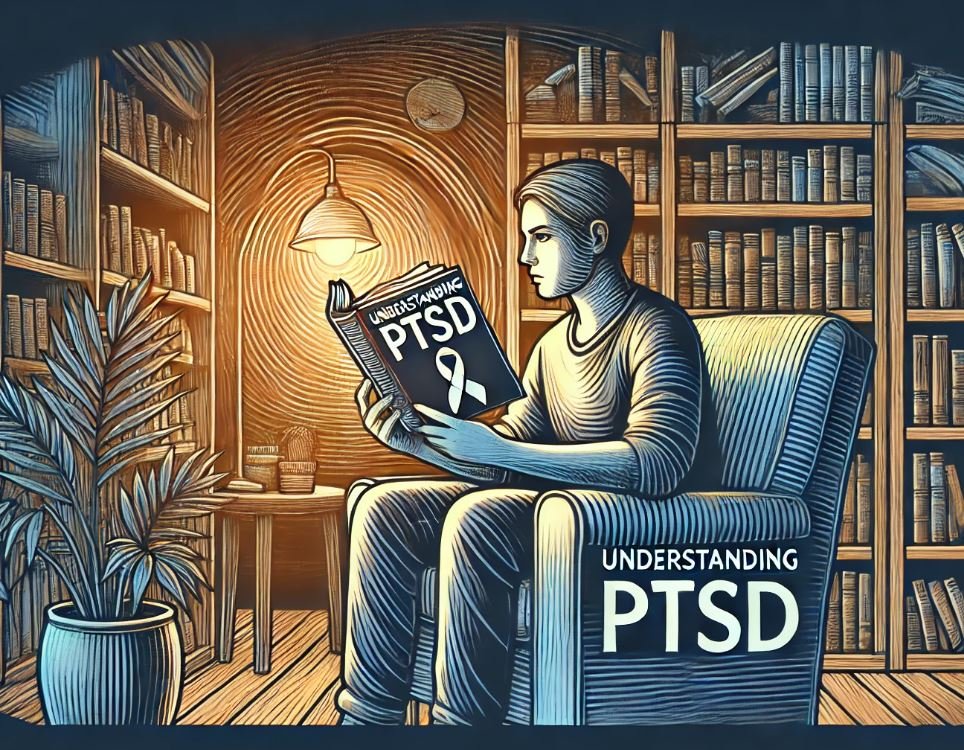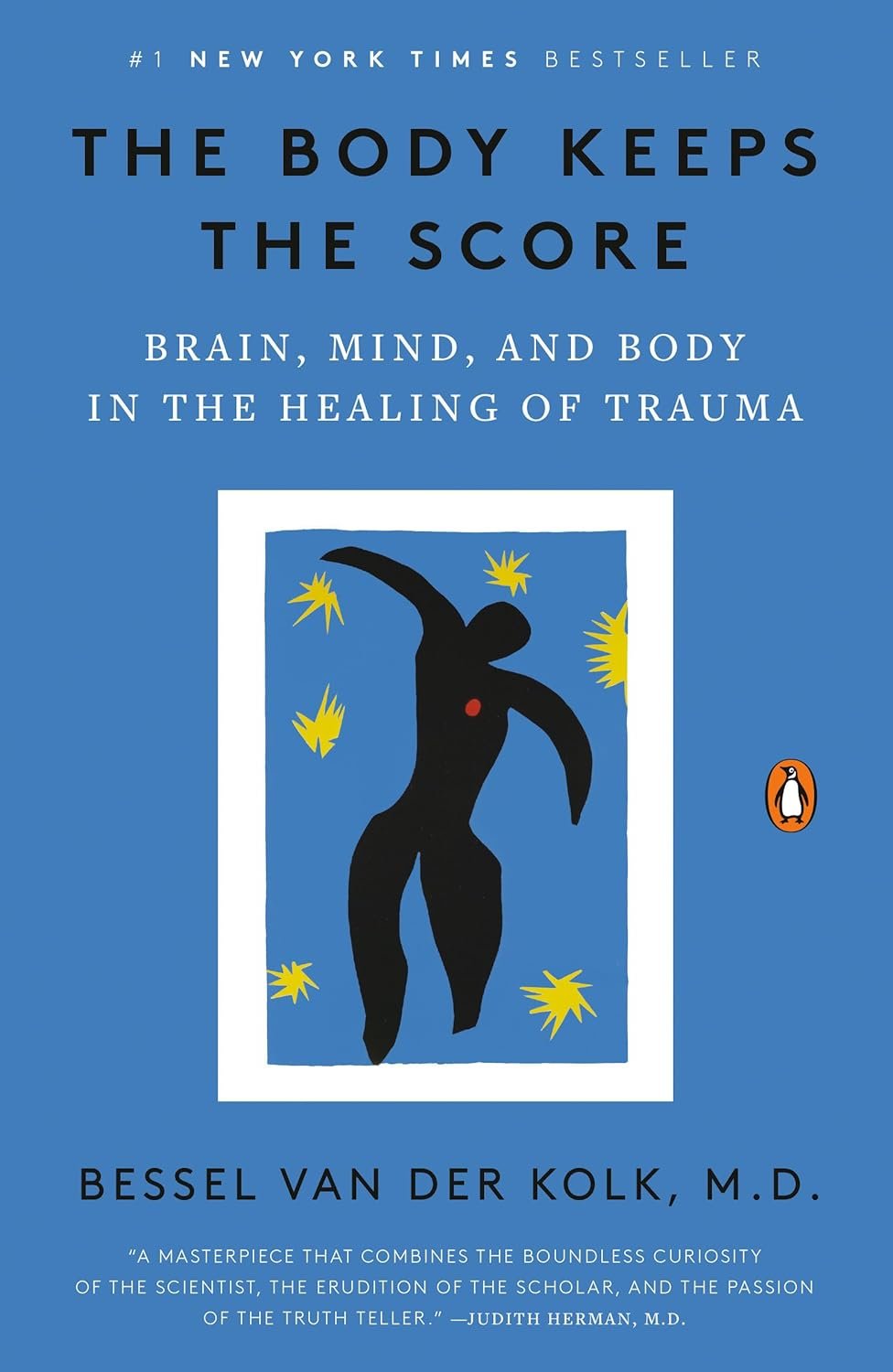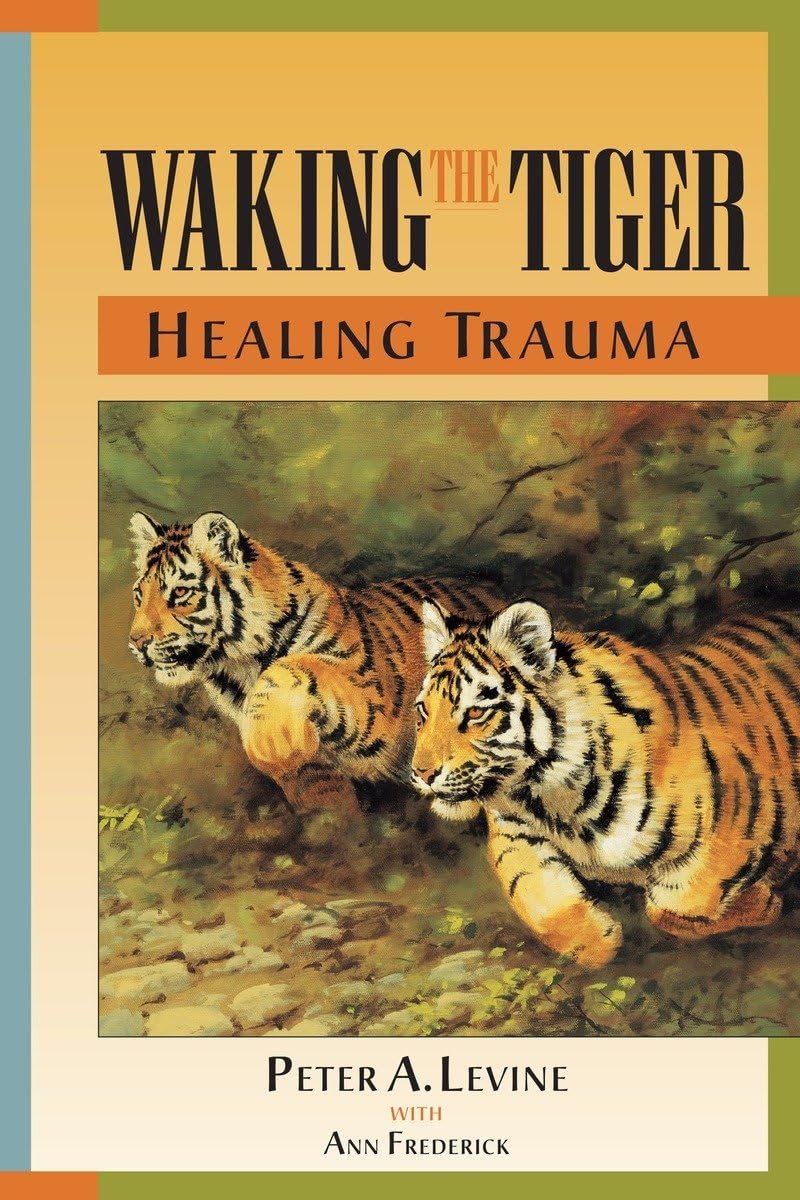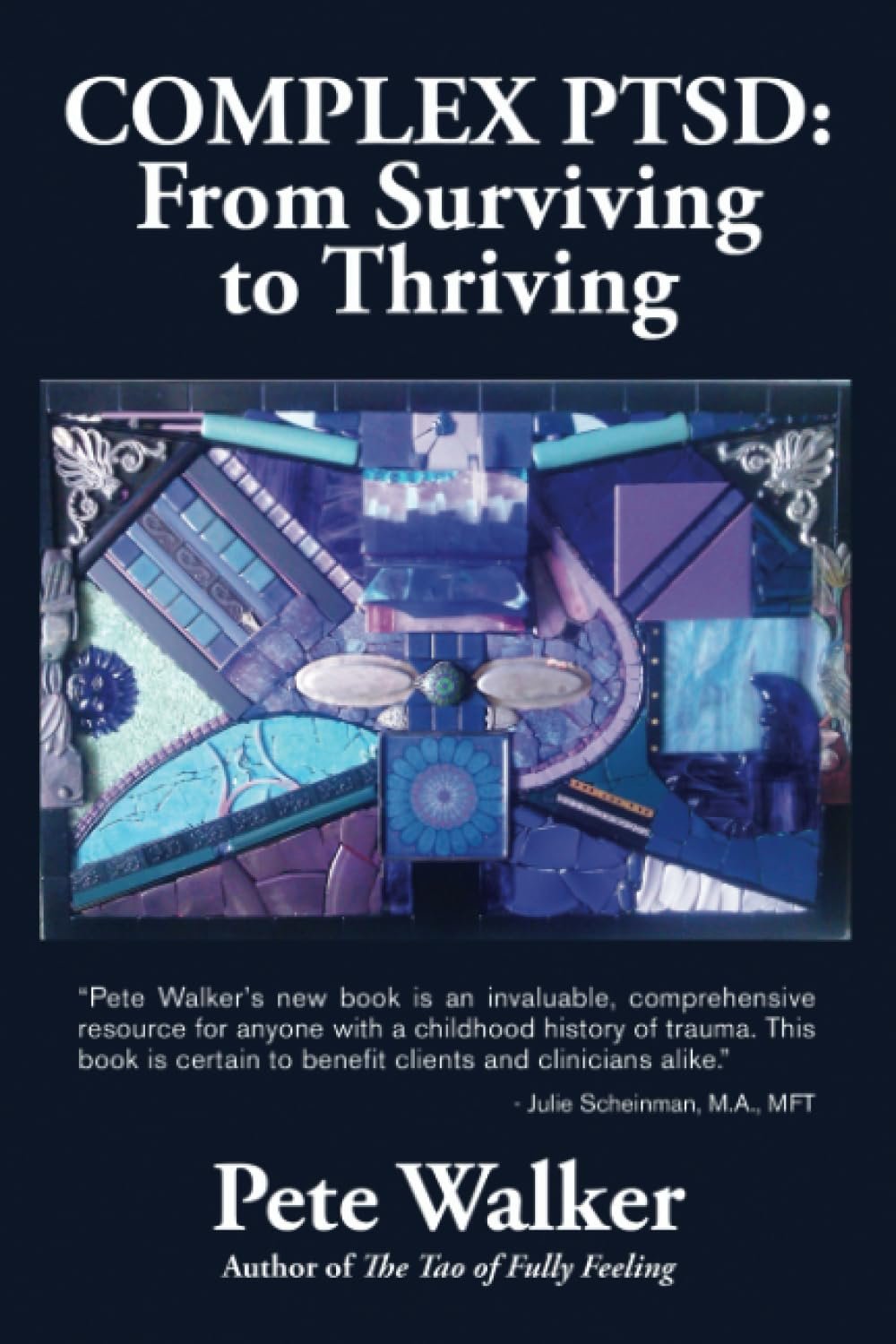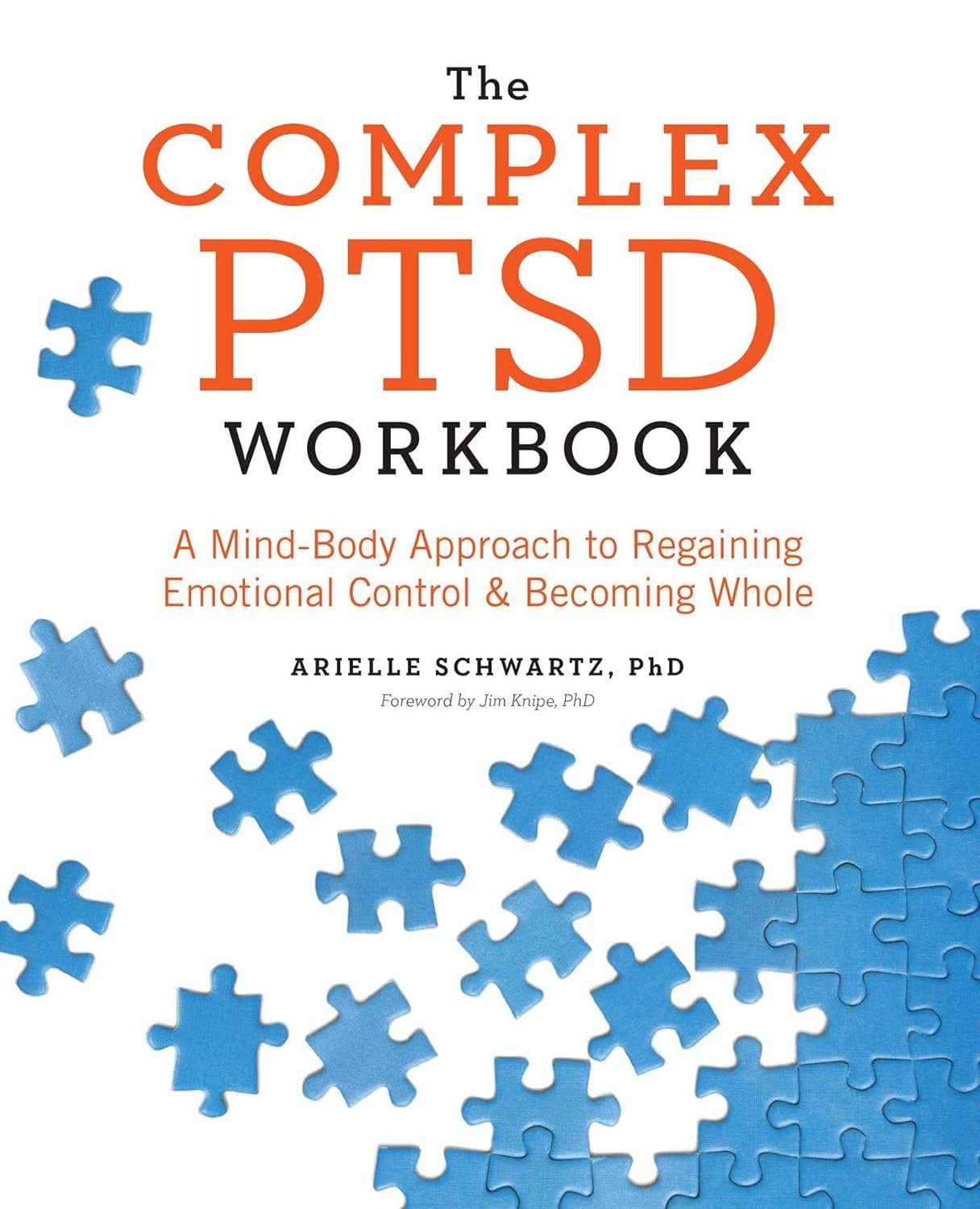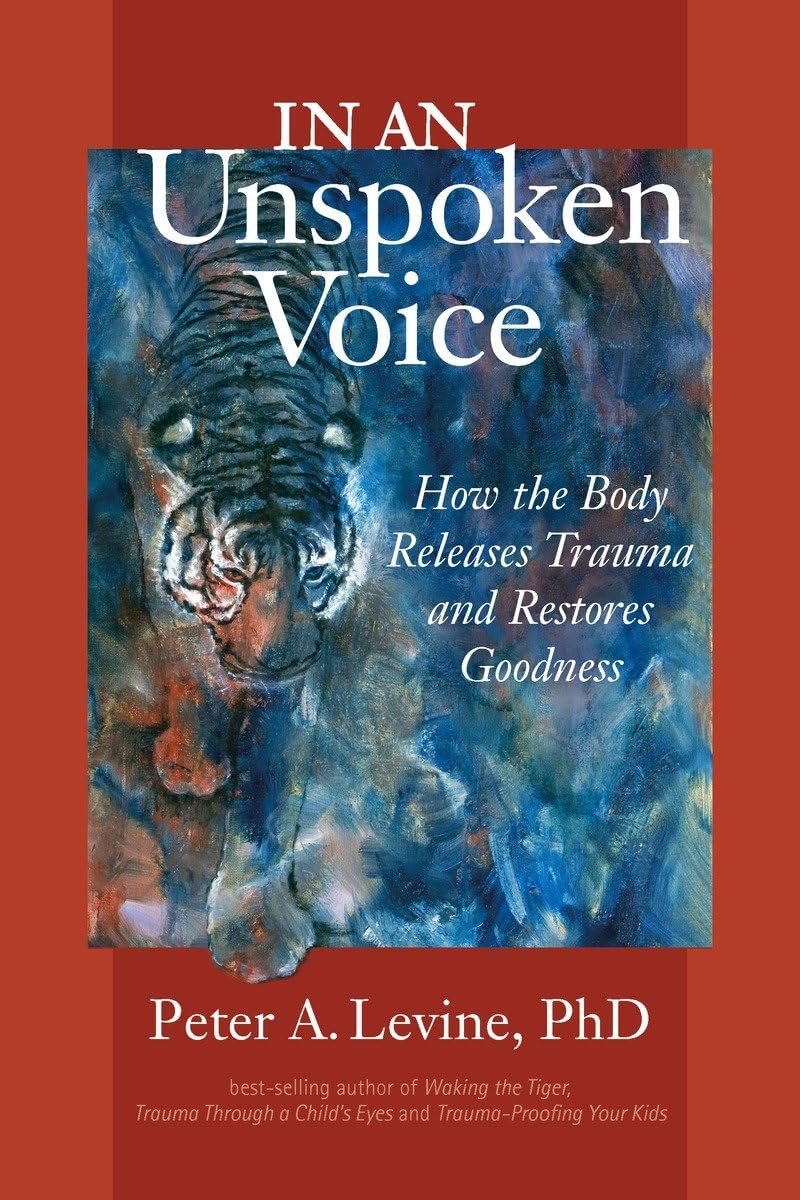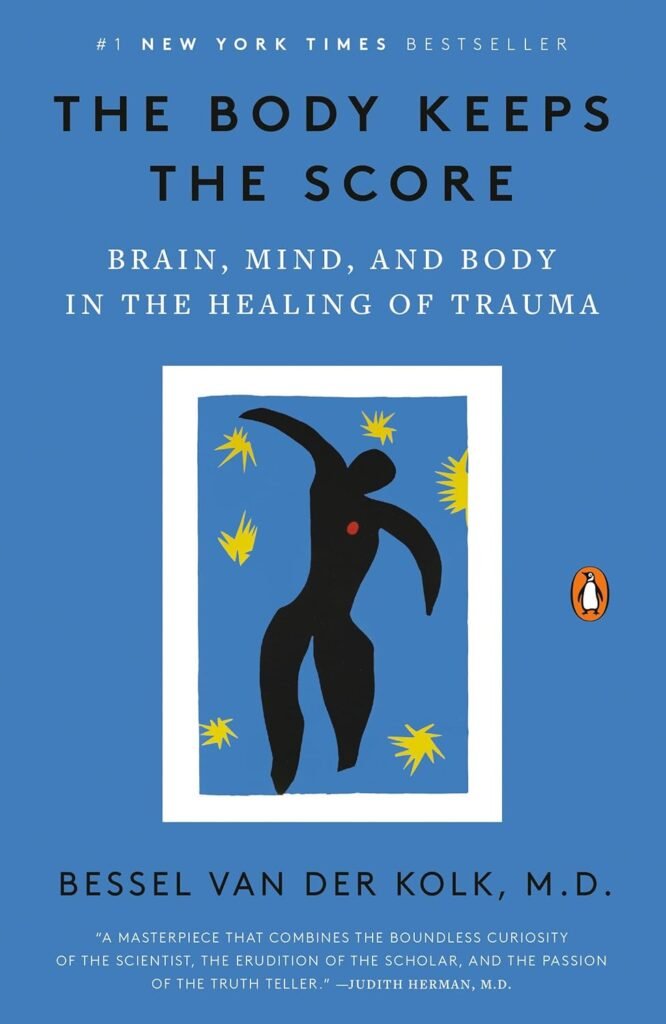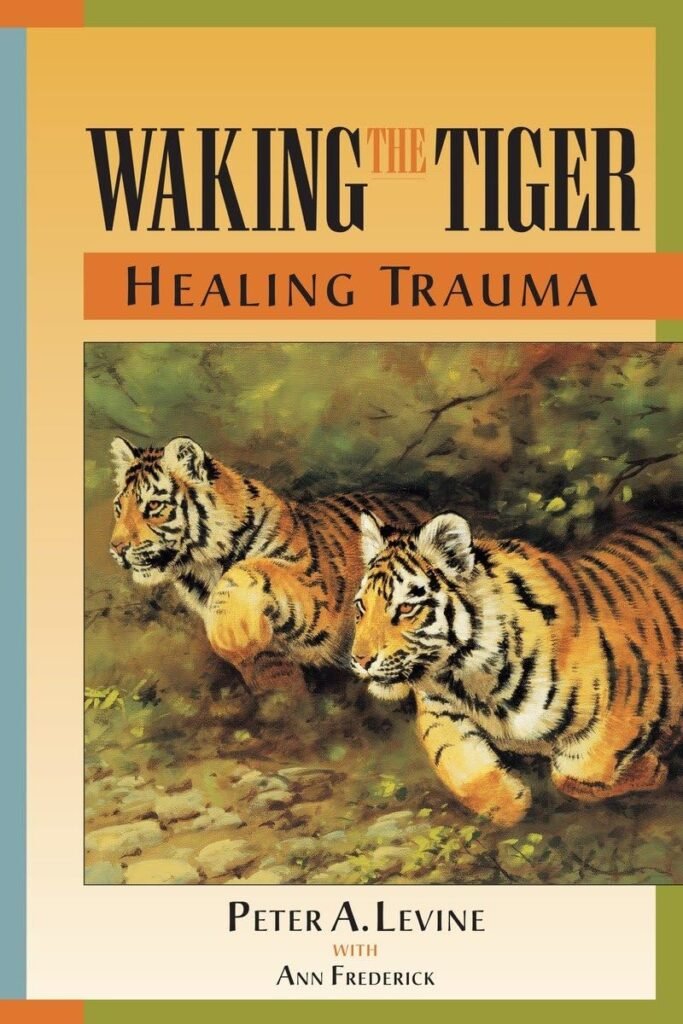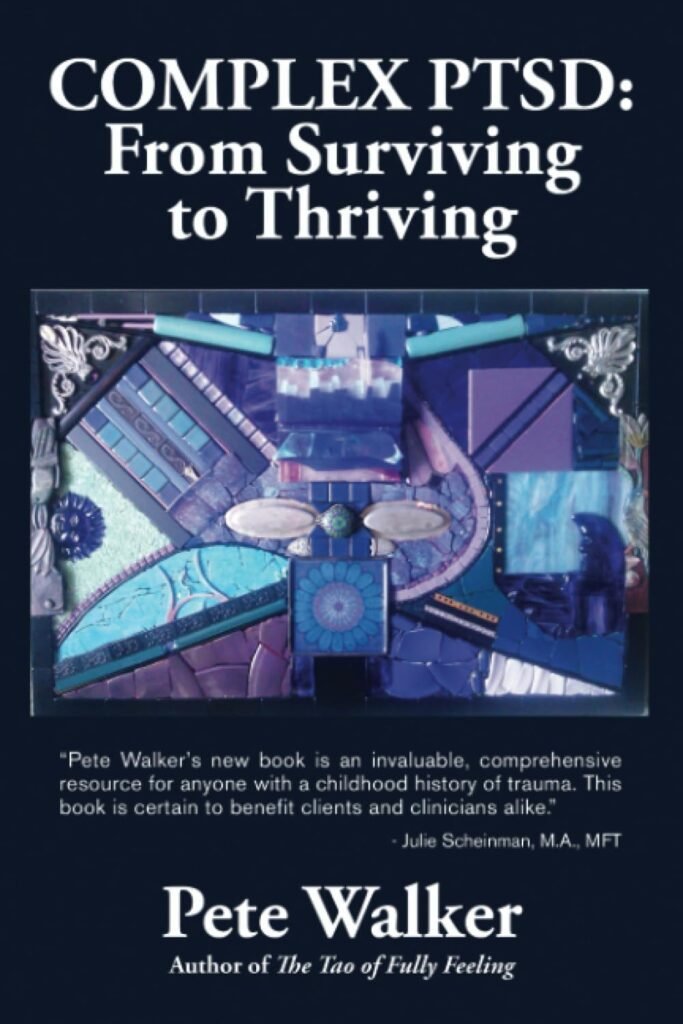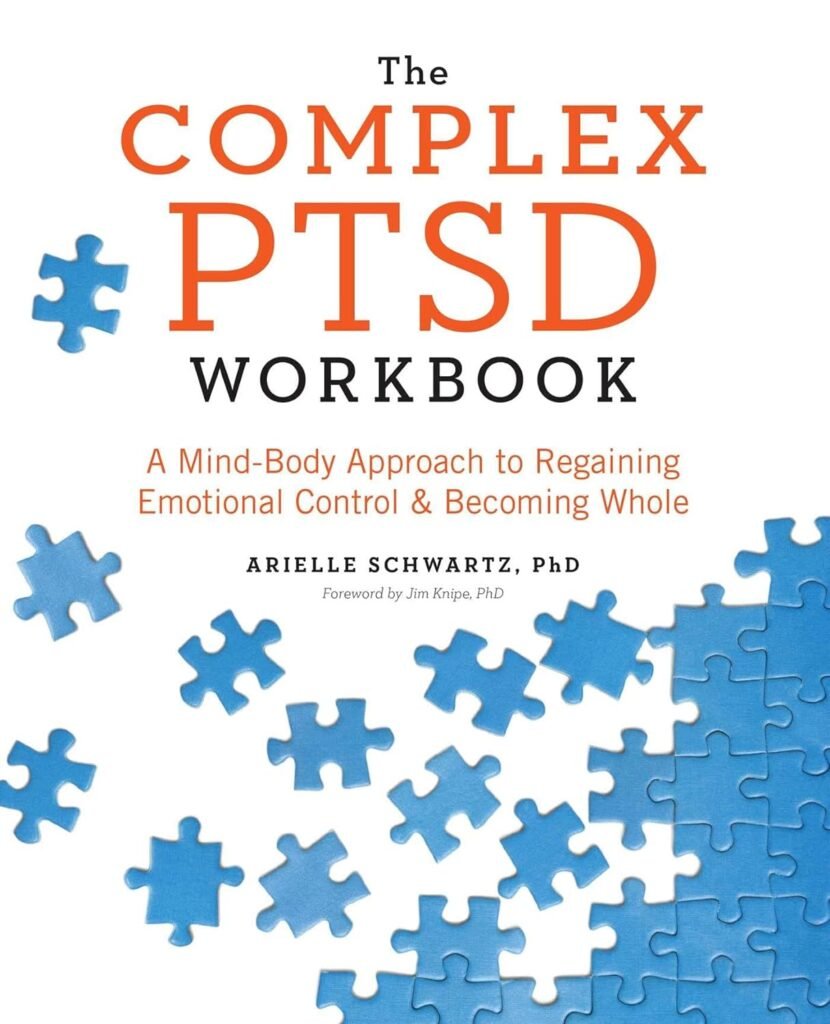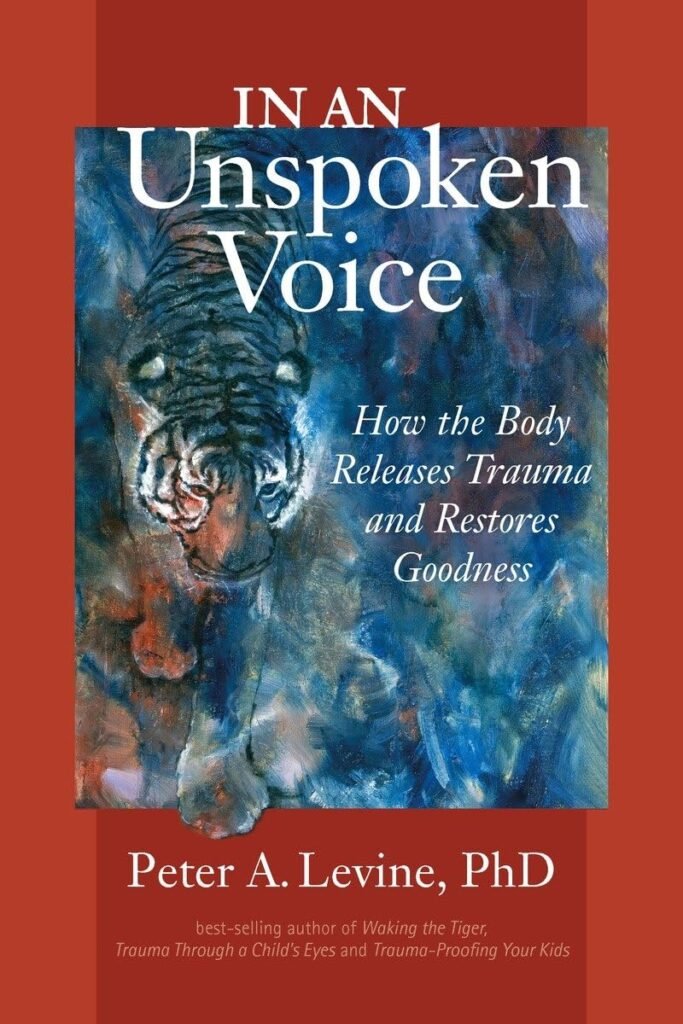Understanding PTSD (Post-Traumatic Stress Disorder) can be life-changing for those affected and their loved ones. Books about PTSD offer valuable insights, coping strategies, and hope for recovery. In this article, we’ll explore the top 5 best books about PTSD available, highlighting their pros and cons, major differences, and providing a detailed comparison table to help you choose the right one for your needs.
Book Title | Approach | Pros | Cons | Price | |
|---|---|---|---|---|---|
Scientific/Practical | Comprehensive, well-researched, practical strategies | Dense language, lengthy | |||
Somatic Experiencing | Accessible, practical exercises, self-awareness | Unconventional concepts, less scientific focus | |||
Empathetic/Practical | Targeted advice for C-PTSD, empathetic writing | Limited to C-PTSD, very detailed | |||
Interactive/Task-Oriented | Exercises and worksheets, evidence-based techniques | Workbook format may not appeal to all, requires active participation | |||
Scientific/Personal | Insightful, practical techniques, personal anecdotes | Repetitive content, narrower scope |
Key Takeaways
- Books about PTSD provide essential knowledge and support for individuals and families dealing with the disorder.
- The top 5 books discussed here offer unique perspectives and approaches to understanding and managing PTSD.
- Consider the pros and cons, major differences, and detailed comparison to make an informed decision.
Pros and Cons of Top 5 PTSD Books
1. “The Body Keeps the Score” by Bessel van der Kolk
- Pros:
- Comprehensive coverage of trauma and its effects on the body and mind.
- Well-researched with scientific backing.
- Practical strategies for healing.
- Cons:
- Dense and technical language may be challenging for some readers.
- Lengthy, which may be daunting for some.
2. “Waking the Tiger: Healing Trauma” by Peter A. Levine
- Pros:
- Introduces Somatic Experiencing, a unique approach to healing trauma.
- Accessible language and practical exercises.
- Encourages self-awareness and body-mind connection.
- Cons:
- Some concepts may seem unconventional to traditional therapists.
- Less focus on scientific research compared to other books.
3. “Complex PTSD: From Surviving to Thriving” by Pete Walker
- Pros:
- Focuses specifically on Complex PTSD (C-PTSD).
- Practical advice for survivors and their families.
- Empathetic and relatable writing style.
- Cons:
- Limited to C-PTSD, not addressing other forms of PTSD.
- May be too detailed for readers looking for a general overview.
4. “The PTSD Workbook” by Mary Beth Williams and Soili Poijula
- Pros:
- Interactive workbook format with exercises and worksheets.
- Evidence-based techniques for managing PTSD symptoms.
- Suitable for both self-help and guided therapy.
- Cons:
- Workbook style may not appeal to all readers.
- Requires active participation, which may be challenging for some.
5. “In an Unspoken Voice: How the Body Releases Trauma and Restores Goodness” by Peter A. Levine
- Pros:
- Deep dive into how trauma affects the body and mind.
- Blends scientific insights with personal anecdotes.
- Practical techniques for healing.
- Cons:
- Some readers may find the content repetitive.
- Not as broad in scope as other trauma books.
Major Differences Between the Top 5 PTSD Books
Approach to Healing
- “The Body Keeps the Score” and “In an Unspoken Voice” focus on the connection between trauma and the body, offering scientific insights and practical techniques for healing.
- “Waking the Tiger” emphasizes Somatic Experiencing, a unique method of trauma recovery that involves listening to the body’s sensations.
- “Complex PTSD: From Surviving to Thriving” addresses the specific needs of those with C-PTSD, providing targeted advice and strategies.
- “The PTSD Workbook” offers an interactive, hands-on approach with exercises and worksheets designed to manage symptoms effectively.
Writing Style
- Bessel van der Kolk and Peter Levine use a blend of scientific research and personal anecdotes to explain their concepts, making their books both informative and engaging.
- Pete Walker’s empathetic and relatable style makes “Complex PTSD” accessible to survivors and their families.
- “The PTSD Workbook” is more structured and task-oriented, catering to readers who prefer an active, guided approach to learning.
Target Audience
- “The Body Keeps the Score” and “In an Unspoken Voice” are suitable for readers interested in the scientific aspects of trauma and its effects.
- “Waking the Tiger” and “Complex PTSD” are ideal for those looking for practical, body-focused techniques for healing.
- “The PTSD Workbook” is perfect for individuals who want a structured, interactive method to manage their symptoms.
Recent Developments in PTSD Literature
Advances in Trauma Research
In recent years, research on PTSD has expanded significantly. Studies on the impact of trauma on the brain, innovative therapeutic techniques, and the role of neuroplasticity in healing are changing how PTSD is understood and treated. For instance, the latest research from the National Center for PTSD highlights the effectiveness of new treatment modalities like EMDR (Eye Movement Desensitization and Reprocessing) and trauma-focused cognitive behavioral therapy (CBT) .
Emerging Therapies
Emerging therapies such as virtual reality exposure therapy and neurofeedback are gaining traction. These therapies offer new hope for individuals with PTSD by providing innovative ways to process and manage traumatic memories. Recent clinical trials have shown promising results, indicating these therapies’ potential to become mainstream treatments .
Top Experts and Entities in PTSD
Bessel van der Kolk, M.D.
Dr. Bessel van der Kolk is a leading expert in trauma and its impact on the body and mind. His work, particularly “The Body Keeps the Score,” has been instrumental in advancing the understanding of PTSD. Dr. van der Kolk continues to contribute to the field through research, writing, and teaching. Learn more about his work here .
Peter A. Levine, Ph.D.
Peter A. Levine is renowned for developing Somatic Experiencing, a body-focused approach to healing trauma. His books and workshops have helped countless individuals understand and recover from trauma. Discover more about Somatic Experiencing here .
National Center for PTSD
The National Center for PTSD is a leading organization dedicated to research and education on PTSD. They provide valuable resources for veterans, their families, and healthcare providers. Visit their site for more information here .
International Society for Traumatic Stress Studies (ISTSS)
ISTSS is a global organization that promotes research, education, and the sharing of knowledge about traumatic stress. They offer conferences, publications, and resources for professionals and the public. Learn more about ISTSS here .
Internal Links
- Understanding Trauma and Recovery
- Effective Therapies for PTSD
- Living with PTSD: Tips and Strategies
Conclusion – Best Books About PTSD
Choosing the right book about PTSD can be a pivotal step in understanding and managing the disorder. Each of the top 5 books discussed here offers unique insights and practical advice, making them valuable resources for anyone affected by PTSD.
About the Author
PaulWellness has been an expert in the field for many years, providing insights and guidance on mental health and wellness. His extensive experience and empathetic approach have helped many individuals and families navigate the challenges of PTSD.
